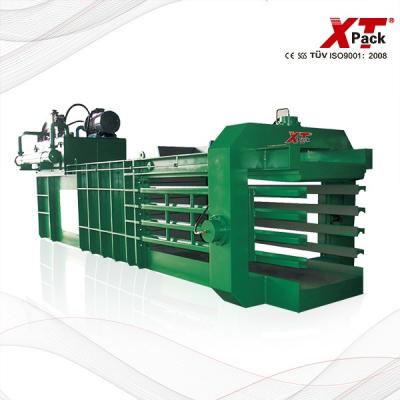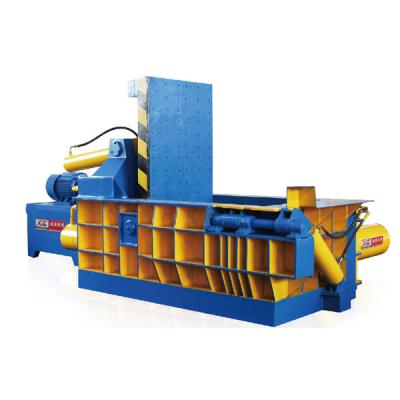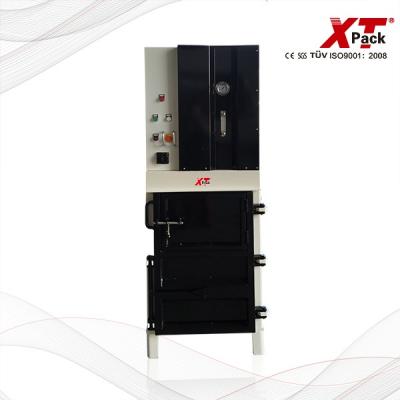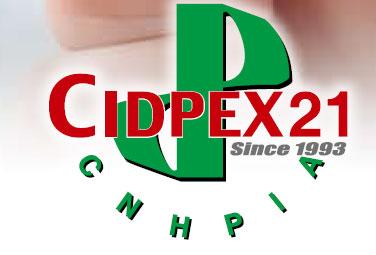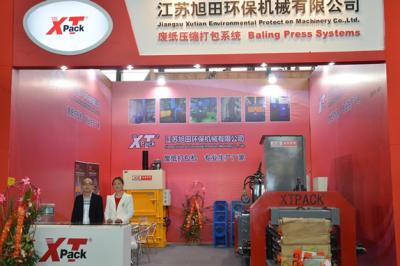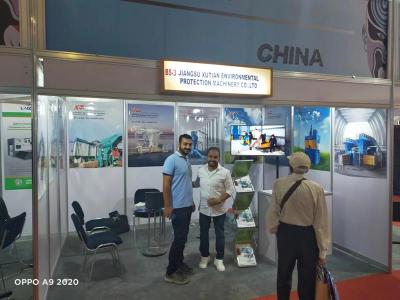The textile industry plays a vital role in our daily lives, from the clothes we wear to the fabrics that decorate our homes. As the demand for textiles continues to grow, manufacturers are constantly seeking innovative solutions to enhance efficiency and productivity. One such solution is the use of textile baling machines, which have become an essential part of research and development efforts. In this blog, we will explore the benefits of these machines and discuss recent advancements in this field.
Textile baling machines are specialized equipment designed to compress textile waste into compact bales. These machines are widely used in textile mills, recycling plants, and research facilities. By compacting the waste, these machines ensure easier storage, transportation, and recycling of textiles, reducing both costs and environmental impact.
Advantages of Using Textile Baling Machines in Research
In research and development, textile baling machines offer several advantages. Firstly, these machines provide a systematic approach to handling textile waste, allowing researchers to focus on analyzing and improving the quality of the fibers. Secondly, baling machines significantly reduce the floor space required to store textile waste, freeing up valuable space for other activities. This efficiency is particularly beneficial for research facilities with limited space.
Moreover, researchers can accurately measure the quantity of waste generated by using baling machines. This data enables them to identify areas of improvement, develop strategies for waste reduction, and promote sustainability in the industry. The use of textile baling machines in research also encourages a cleaner and safer working environment by minimizing waste accumulation and potential hazards.
Recent Innovations in Textile Baling Machines
As technology advances, textile baling machines continue to undergo significant improvements. One noteworthy innovation is the integration of automation and artificial intelligence (AI) capabilities, enabling machines to operate with minimal human intervention. AI-powered systems can analyze waste composition, assess its recyclability, and optimize baling parameters accordingly. This not only improves efficiency but also enhances the quality of bales produced.
Another innovation is the development of compact and portable baling machines. These machines are designed to be more flexible, allowing for on-site baling, reducing transportation costs, and enabling decentralized waste management. Additionally, these portable machines can handle a wide range of textile materials, including fabrics, fibers, and yarns, providing versatile solutions for research and development purposes.
Embracing the Future of Textile Baling Machines
Textile baling machines have revolutionized the way textiles are managed in research and development. With their ability to compress waste efficiently, optimize recycling processes, and promote sustainability, these machines are indispensable in today's textile industry. The recent advancements in automation and portability further enhance their utility and make them essential tools for researchers and manufacturers alike.
As the demand for textiles continues to rise, it is crucial for the industry to embrace innovative solutions like textile baling machines. By incorporating these machines into research and development processes, we can ensure a sustainable future for the textile industry while minimizing waste and maximizing efficiency.
Innovative fibers and efficient baling go hand in hand, and textile baling machine pave the way for a cleaner, more productive industry. Let us embrace these advances and continue to push the boundaries of textile technology for a brighter future.



